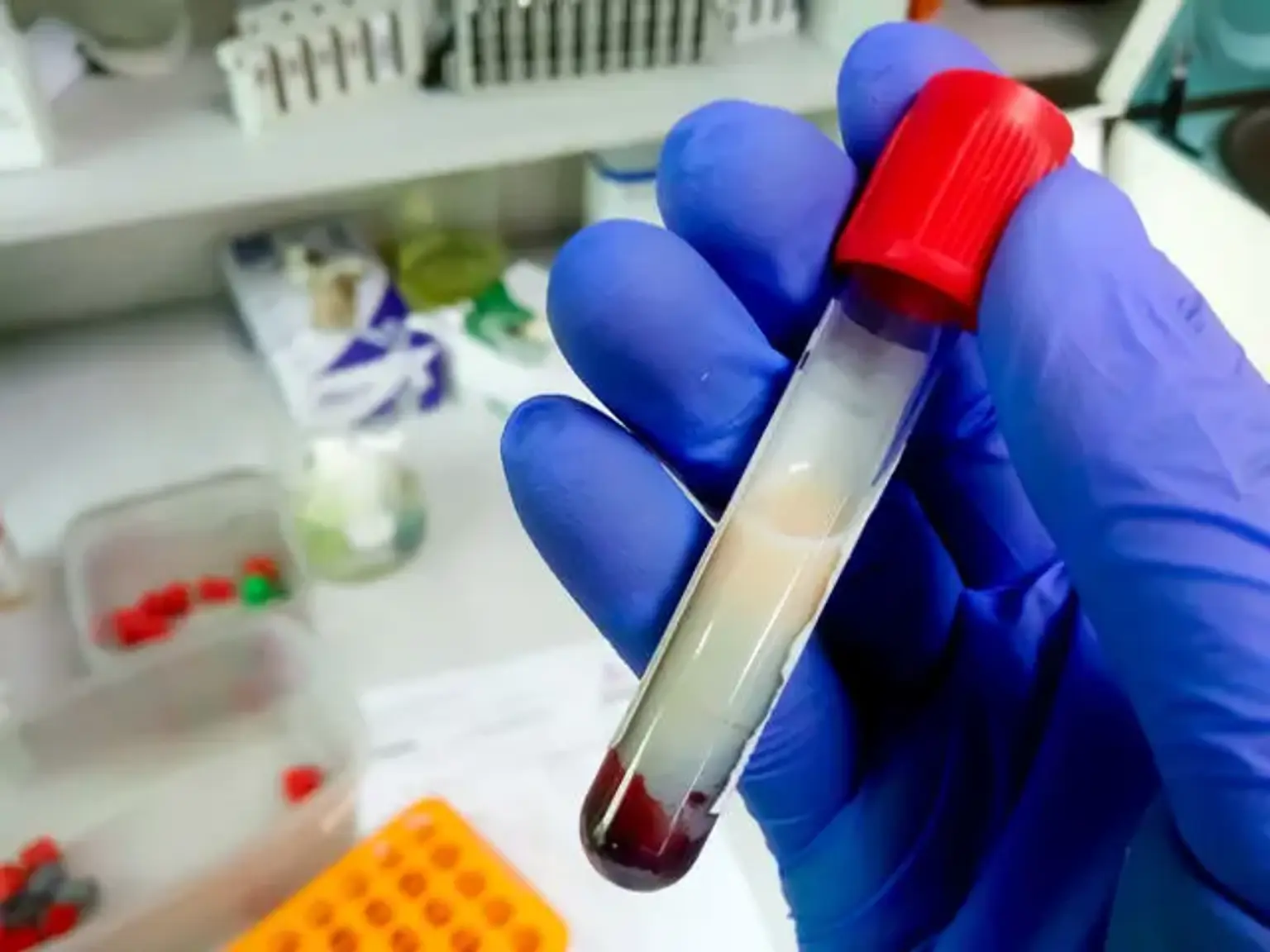Lipid Metabolism
Overview
Lipid metabolism is the production and degradation of lipids in cells, which includes the breakdown or storage of fats for energy as well as the creation of structural and functional lipids, such as those involved in cell membrane building. These fats are acquired from diet or produced by the liver in animals. Lipogenesis is the process through which these fats are synthesized.
The most of lipids found in the human body as a result of food consumption are triglycerides and cholesterol. Fatty acids and membrane lipids are two further forms of lipids present in the body. Lipid metabolism is frequently thought of as the digestion and absorption of dietary fat; however, organisms may receive energy from two sources of fat: ingested dietary fats and stored fat.
Both kinds of fat are used by vertebrates (including humans) to generate energy for organs such as the heart to operate. Because lipids are hydrophobic substances, they must be solubilized before they can be metabolized. Hydrolysis, which happens with the aid of numerous enzymes in the digestive system, is a common starting point for lipid metabolism.
